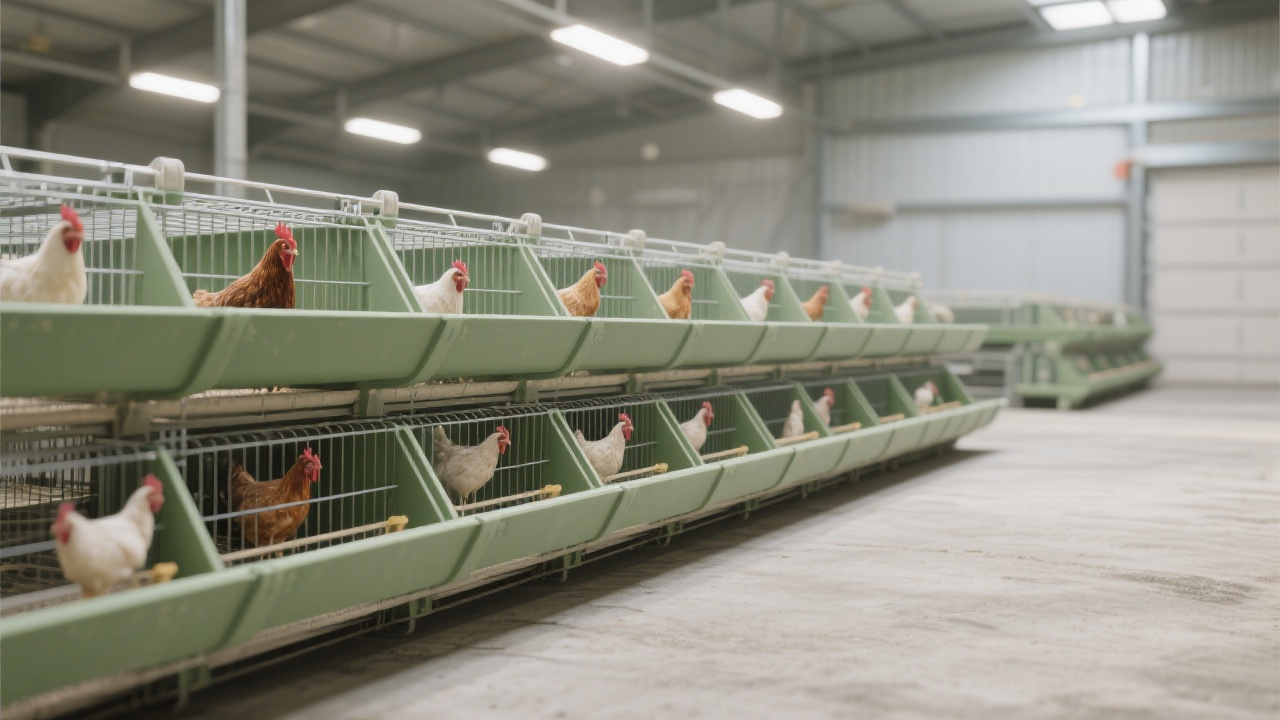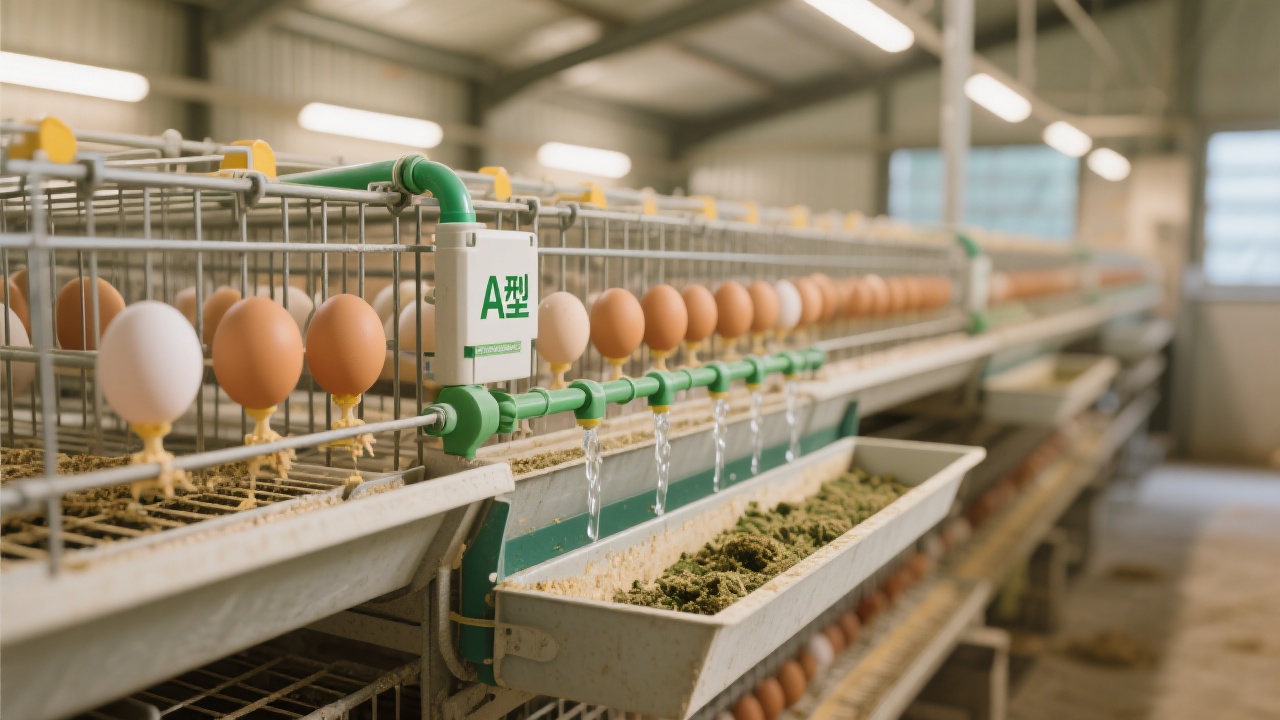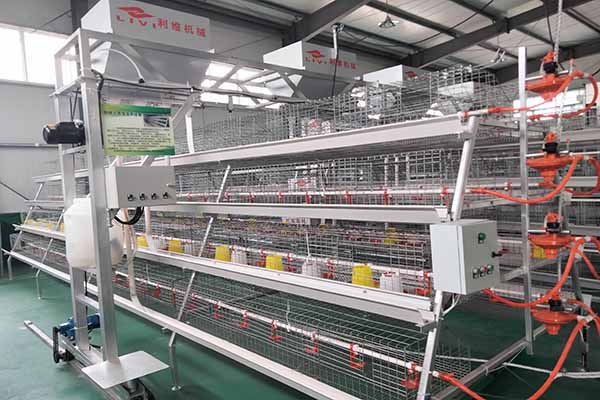
In the current large - scale laying hen farming industry, the high cost of labor and low efficiency have become significant bottlenecks. Automation technology has emerged as a powerful solution to address these issues. By implementing automation systems, farmers can achieve a remarkable reduction in labor costs. For example, the application of automatic egg collection and manure cleaning systems can cut labor costs by more than 30%.
These systems not only save on labor but also have a positive impact on the health of the chicken flock and the egg - laying rate. With a cleaner and more efficient environment, chickens are less prone to diseases, which in turn leads to an increase in egg production. On average, farms that have adopted these automation systems have seen an egg - laying rate increase of about 10%.

The automatic egg collection system is designed to gently and efficiently collect eggs from the chicken cages. It reduces the risk of egg breakage, which can be as high as 5% in traditional manual collection methods. When selecting an automatic egg collection system, factors such as the capacity of egg collection per hour, the adaptability to different cage types, and the reliability of the system should be considered. A high - quality system can collect up to 5000 eggs per hour.
The manure cleaning system plays a crucial role in maintaining a clean and healthy environment in the chicken farm. It can effectively remove manure in a timely manner, reducing the emission of harmful gases such as ammonia. A good manure cleaning system can improve the manure cleaning efficiency by more than 50%. When choosing a manure cleaning system, the cleaning frequency, the ability to handle different types of manure, and the energy consumption of the system are important selection criteria.

The H - type structure laying hen cages are designed to optimize space utilization. Compared with traditional cage designs, they can increase the space utilization rate by about 20%. This means that more chickens can be raised in the same area, increasing the overall productivity of the farm.
In addition to space optimization, the H - type cages also offer great convenience in management. The layout of the cages allows for easy access to chickens for feeding, vaccination, and egg collection. The well - designed structure also makes it easier to install and maintain the automatic egg collection and manure cleaning systems.
When installing the automation systems and H - type cages, a comprehensive layout design is essential. The location of the egg collection system should be close to the egg storage area to minimize the transportation distance. The manure cleaning system should be installed in a way that ensures smooth manure removal.
Here is a simple table showing the key installation points:
| System | Installation Key Points |
|---|---|
| Automatic Egg Collection System | Close to egg storage, proper slope for egg rolling |
| Manure Cleaning System | Connected to manure storage, easy for maintenance |
| H - type Cages | Proper spacing, stable foundation |

Let's take a look at a real - world example. A large - scale laying hen farm in [Location] decided to transform from traditional farming to automated farming. After installing the automatic egg collection and manure cleaning systems and H - type cages, the farm saw a significant improvement in efficiency. The labor cost was reduced by 35%, and the egg - laying rate increased by 12%. The overall production capacity of the farm increased by about 20% within a year.
These data clearly demonstrate the effectiveness of automation in laying hen farming. By adopting these technologies, farmers can not only improve their economic benefits but also contribute to the sustainable development of the industry.
If you are interested in learning more about the egg - laying hen farming automation transformation, including getting a detailed solution template or watching operation videos, please click here.

